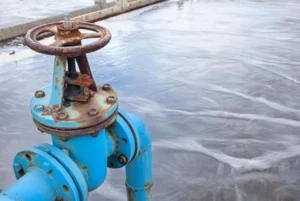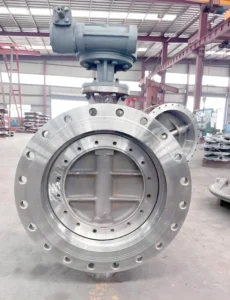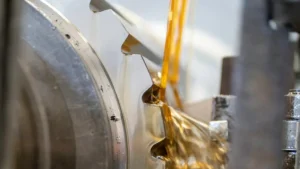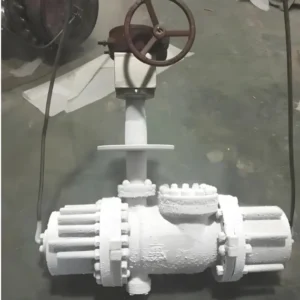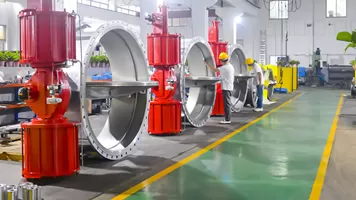In hydraulic or pneumatic systems, valves are mechanical devices designed to regulate the flow and pressure of liquids. These valves are crucial components of pipeline networks that transport fluids, gases, steam, sludge, and more. Industrial valve manufacturers produce a wide array of valves, each with unique functions, capacities, and applications. The operation of these valves can vary, including manual, electric, and pneumatic methods.
To cater to the diverse needs of various industries, there are many types of valves, including ball valves, gate valves, globe valves, hydraulic check valves, plug valves, needle valves, butterfly valves, and relief valves, among others. This guide on comparing check valves and ball valves will help you gain a deeper understanding of these two types of valves.
What Is Check Valve
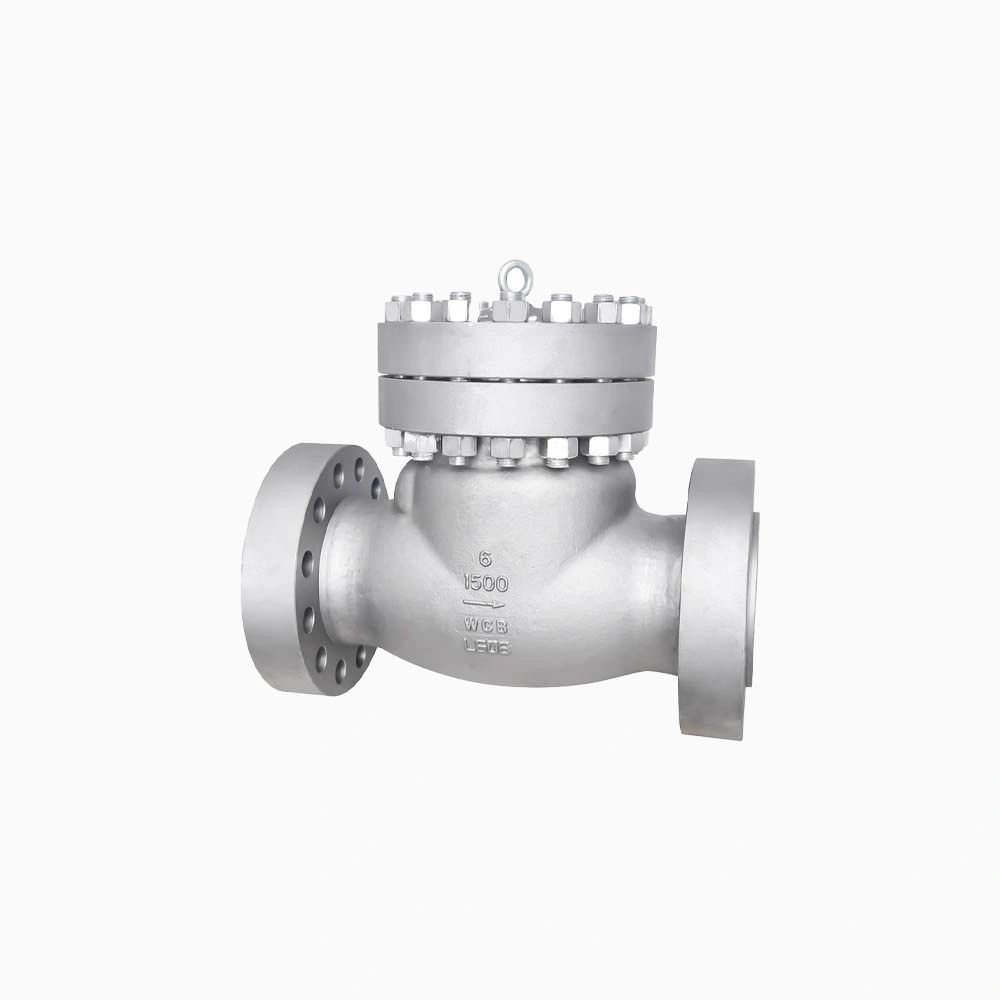
A check valve is a type of valve that allows fluid (liquid or gas) to flow in only one direction. Its primary function is to prevent backflow, thereby protecting equipment and system safety. Check valves are commonly used in applications where reverse flow needs to be avoided, such as in pump systems, compressors, and pipeline networks. They work by having an internal disc that automatically opens when the fluid flows in the forward direction and closes when the flow reverses, thus ensuring unidirectional control of the fluid. Common types of check valves include ball check valves, lift check valves, and swing check valves. Ball check valves use a spring and a ball to achieve sealing, while lift check valves and swing check valves rely on the movement of a disc to control fluid flow. These valves are widely used in industries such as petroleum, chemical processing, water treatment, and HVAC to ensure efficient operation and reliability of systems.
Types of Check Valves
- Swing Check Valve: Utilizes a disc that swings on a hinge to allow or block flow.
- Spring Check Valve: Uses a spring mechanism to close the valve when the flow stops.
- Ball Check Valve: Employs a ball that moves in and out of a seat to block or allow flow.
- Foot Valve: A type of check valve installed at the bottom of a pump suction line.
- Backwater Valve: Prevents sewage from flowing back into a home.
Applications of Check Valves
Check valves are used in various industries, including:
- Oil and Gas: To prevent backflow in pipelines.
- Water Treatment: Ensures unidirectional flow in water systems.
- Chemical Processing: Protects pumps and equipment from backflow damage.
What Is Ball Valve
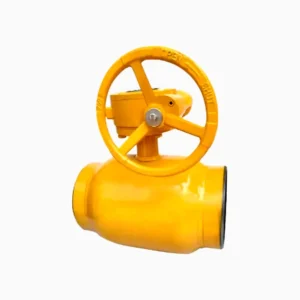
A ball valve is a type of quarter-turn valve that uses a hollow, perforated, and pivoting ball to control the flow of liquids or gases through it. When the valve is open, the ball’s hole aligns with the flow path of the fluid or gas, allowing it to pass through. When the valve is closed, the ball is rotated 90 degrees by the valve handle, positioning the solid part of the ball across the flow path, which stops the flow.
Ball valves are known for their reliability and long service life due to their durable construction and the tight seal they provide when closed. They are commonly used in various industries such as oil and gas, water and wastewater management, chemical processing, and more, where reliable shut-off and control of fluids or gases are essential.
Types of Ball Valves
- Floating Ball Valve: The ball is not fixed and is free to move with the pressure.
- Trunnion Ball Valve: The ball is anchored by trunnions at the top and bottom.
- Full Port Ball Valve: The hole in the ball is the same size as the pipeline, offering no restriction to flow.
- Reduced Port Ball Valve: The hole in the ball is smaller than the pipeline, causing a slight restriction.
- V-Port Ball Valve: The ball or seat is V-shaped to provide better flow control.
Applications of Ball Valves
Ball valves are widely used in:
- Industrial Applications: For controlling the flow of liquids and gases.
- Marine Systems: In circulating systems on ships.
- Fire Safety: In fire suppression systems due to their reliable shut-off capabilities.
Check Valve vs. Ball Valve: Key Differences
Mechanism and Operation
- Check Valve: Operates automatically and relies on the flow direction to open or close.
- Ball Valve: Operates manually or with an actuator and requires a quarter turn to open or close.
Flow Control
- Check Valve: Allows flow in only one direction and prevents backflow.
- Ball Valve: Can be used to start, stop, and throttle flow.
Design and Construction
- Check Valve: Typically simpler in design with fewer moving parts.
- Ball Valve: More complex with a rotating ball and seals.
Installation and Maintenance
- Check Valve: Generally easier to install and requires less maintenance.
- Ball Valve: Requires more maintenance due to its moving parts but offers better control.
How to Choose Between Check Valve and Ball Valve
Consider the Application
- For preventing backflow: Choose a check valve.
- For controlling flow: Choose a ball valve.
Assess the Fluid Type
- For clean fluids: Both valves are suitable.
- For viscous or slurry fluids: Check valves may perform better as ball valves can clog.
Determine the Pressure and Temperature
- High-pressure systems: Ball valves are preferred due to their robust design.
- Temperature variations: Both valves are available in materials that can handle different temperatures.
Evaluate the Cost
- Budget constraints: Check valves are typically more cost-effective.
- Long-term investment: Ball valves offer better control and durability, justifying their higher cost.
Choosing between a check valve and a ball valve depends on the specific requirements of your system. Understanding their differences and applications will help you make an informed decision. Whether you need to prevent backflow or control flow precisely, selecting the right valve ensures efficiency and reliability in your operations.


